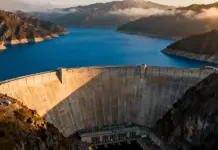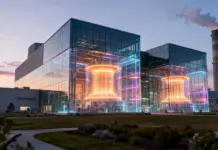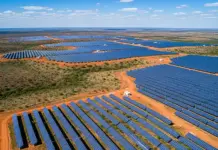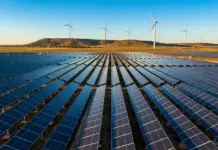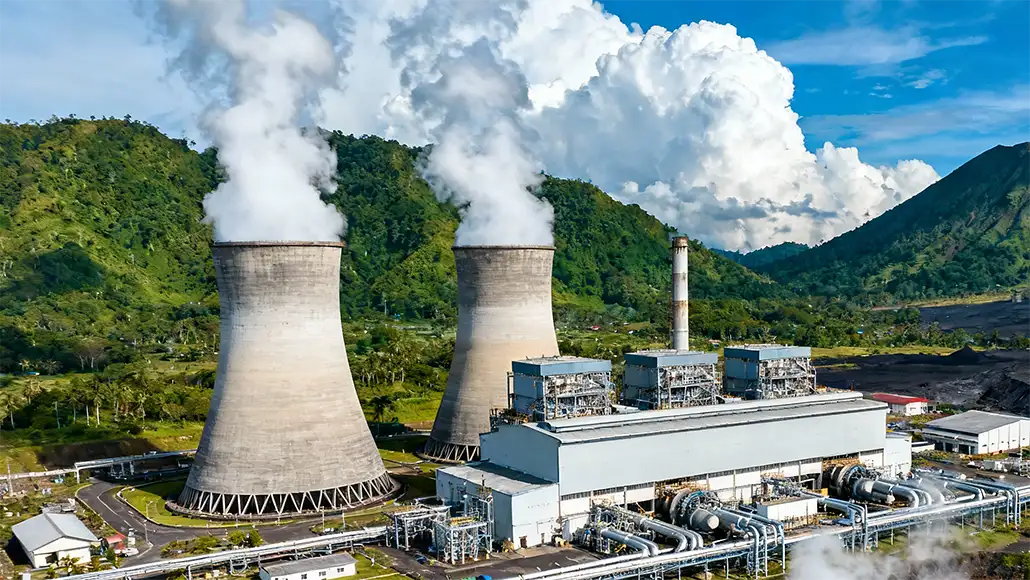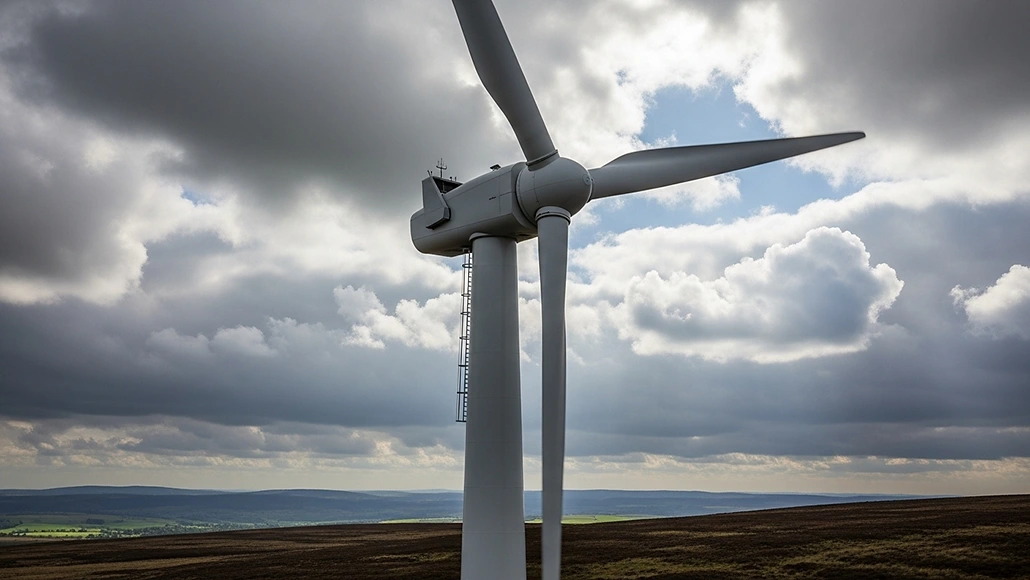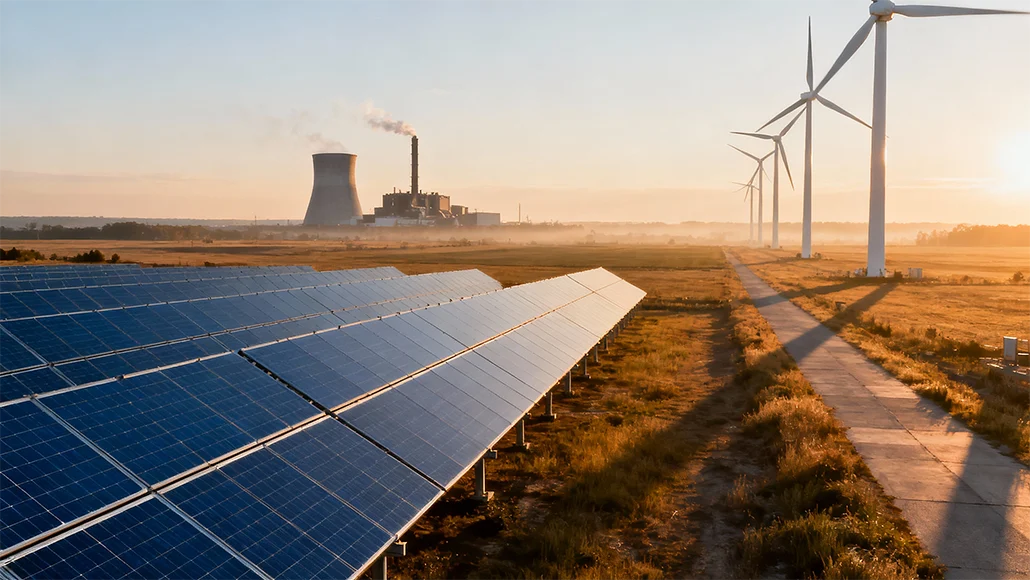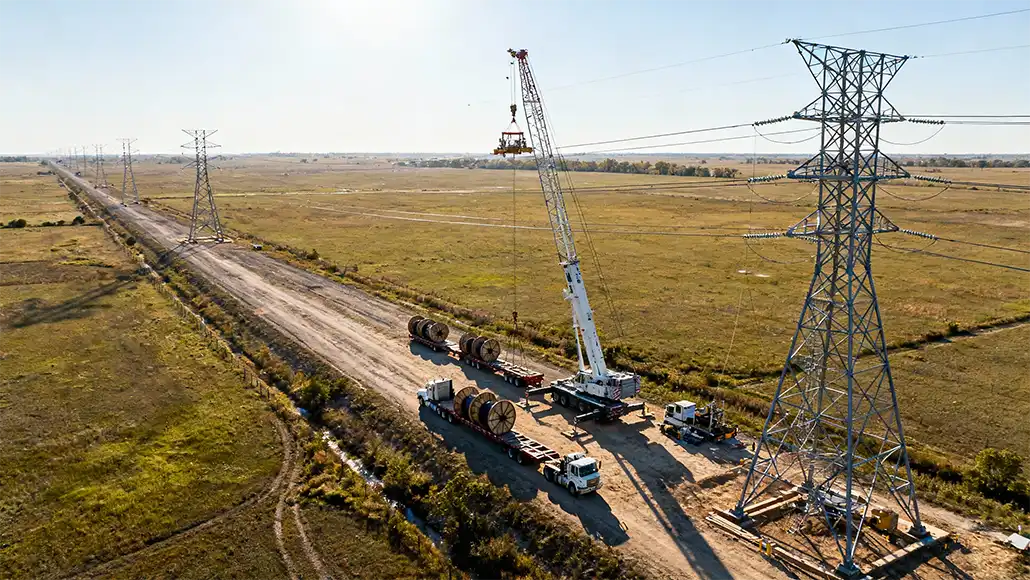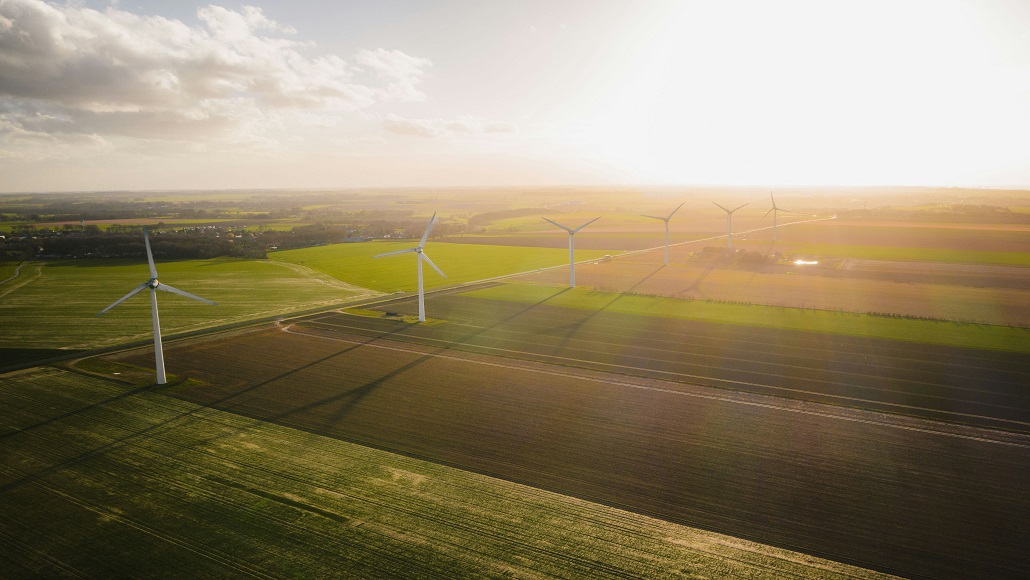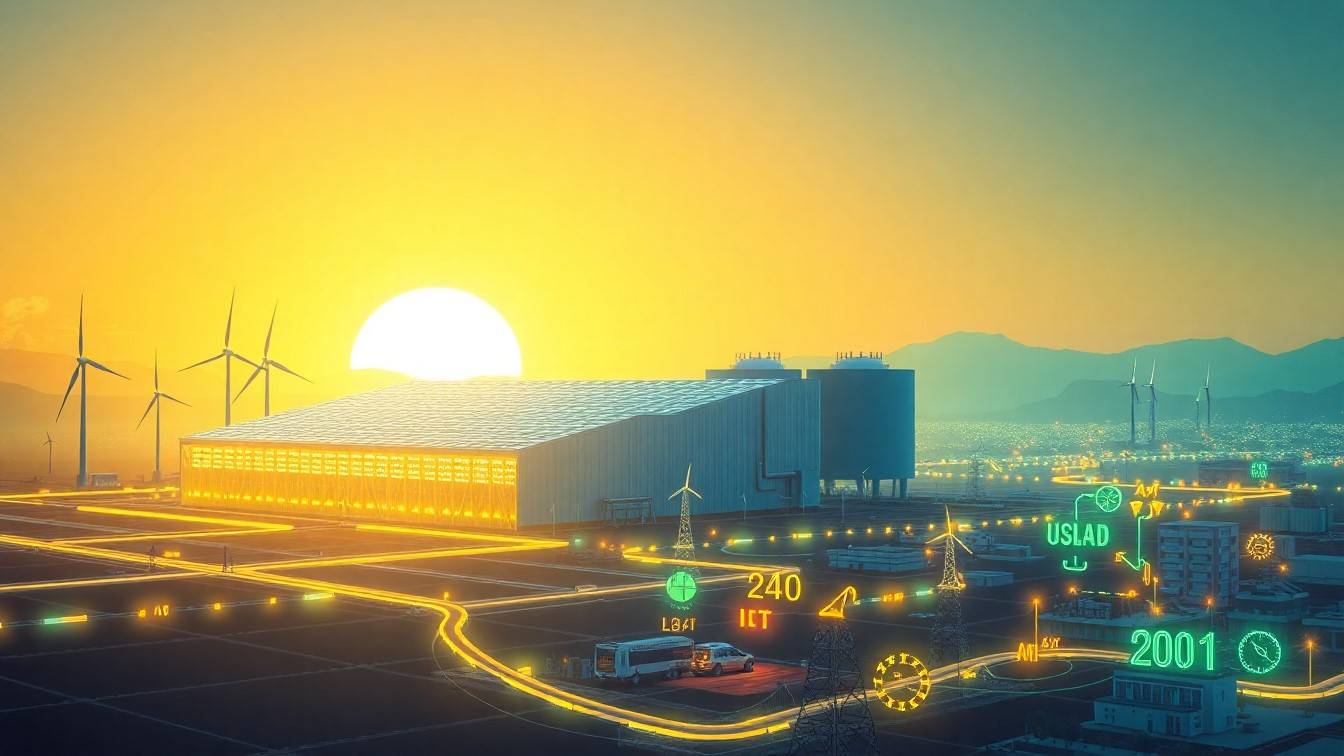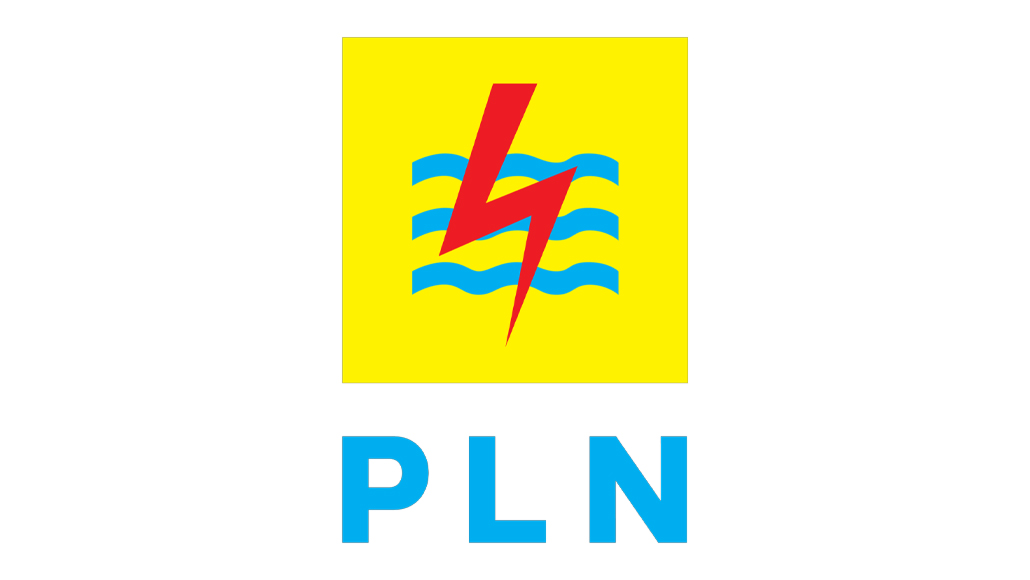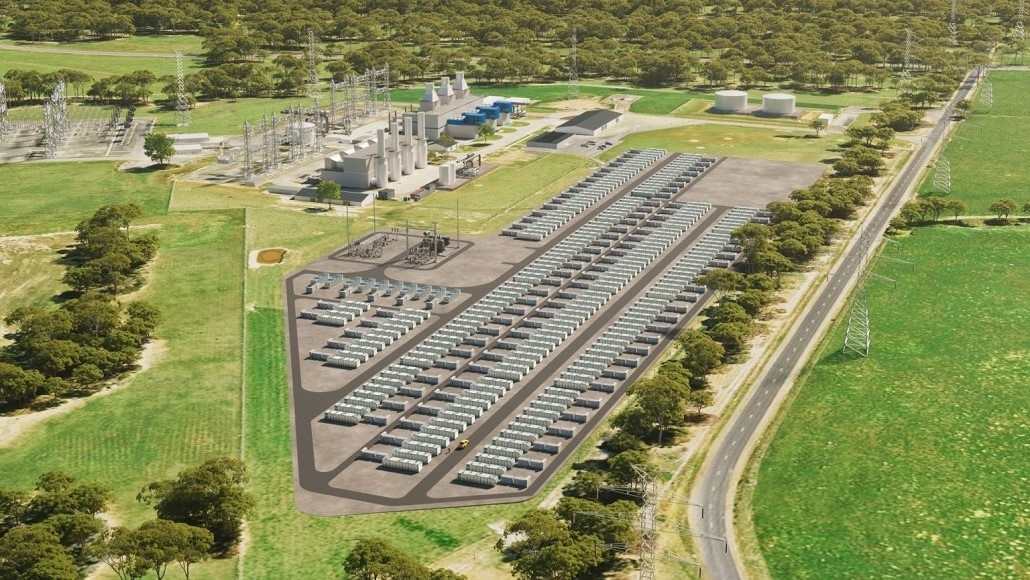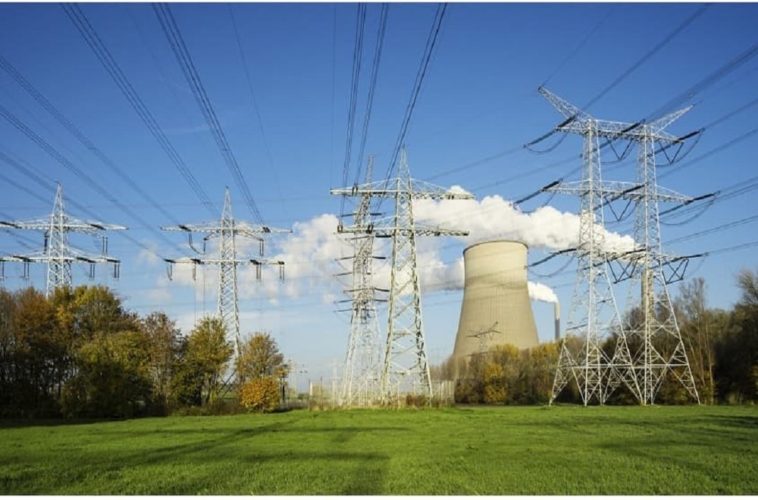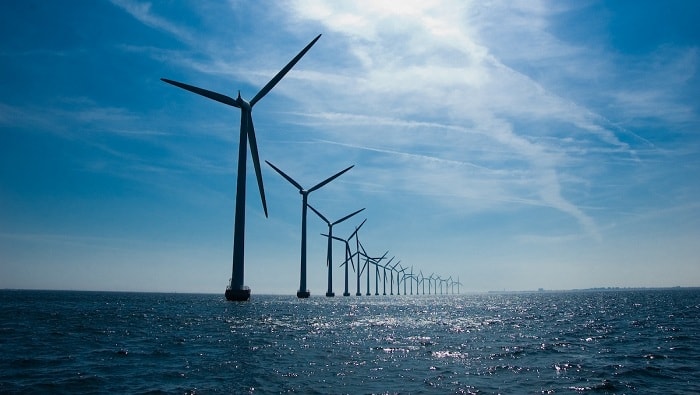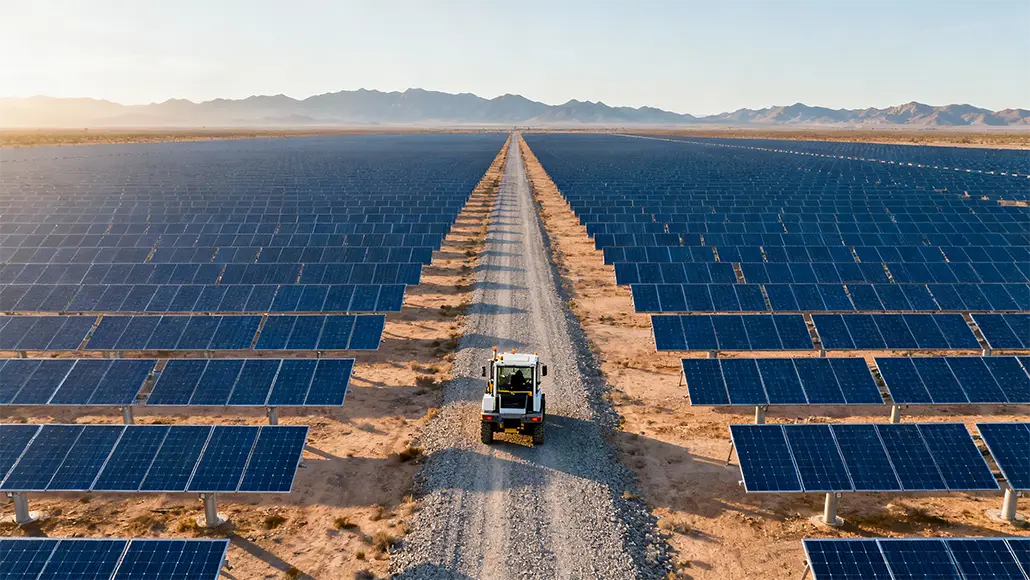There is no shred of doubt in the fact that the Chinese government happens to be a technocracy with a deep backbench. Almost 40% of the new central committee of the communist party happen to have some kind of technical background, which ranges in fields such as aerospace, artificial intelligence, and more. It is indeed remarkable what goes on to happen to decision-making when you are charged with the responsibility and well-being of over a billion souls, assuming that you go ahead and take that charge seriously. And the fact is that the Chinese government sure does that. It goes on to see climate change for what it is – a security threat that could very well wreak havoc on the Chinese social model as well as the economy. However, it also happens to be an opportunity.
This crisis has caused China to become the largest producer of solar cells in the world, many of which get exported to other countries; in addition to this, it has also gone on to install around 50% of the total world capacity in terms of solar within its borders. Due to this massive supply, the expense of generating electricity from solar has now dipped to a global average of almost $0.04 per kWh, therefore making it the cheapest source of energy in history. As of now, the prices still vary all across the world when it comes to conventional kilowatt hours from the electric grid: if one happens to be in Russia, he pays almost $0.06, and in Ireland, around $0.45, as per the data coming from Statista.
This sort of cheap energy, or at least one can say the fact that China was actually responsible for it, is not welcomed everywhere. In 2024, the then-Treasury Secretary under President Joe Biden, Janet Yellen, went on to call China’s push to broaden its solar cell production unfair competition that goes ahead and distorts the global prices and at the same time also hurts the American firms as well as workers and also everyone around the world.
She had delivered those comments at a shuttered solar plant based in Georgia, which reportedly closed its doors in 2017 after certain cheap imports flooded the market. The European Union, too, happens to be investigating if China went ahead and unfairly made use of these subsidies in order to try and win the bids for building a photovoltaic plant situated in Romania.
Market competition, as per her, may as well be central to their capitalist system, which means that Yellen’s comments went on to make some sense within the present status quo. However, she isn’t taking the long view, such as what good are the free-market principles in a world wherein climate change has bloated out of control?
However, things are not bad as yet, but the global community is in no way boosting the confidence. As per the Climate Action Tracker, there is not a single country in the world that is on track to meet its respective goals of the Paris Climate Agreement. The 1.5°C limit on global warming, which was agreed upon in the 2015 Paris Agreement, has gone on to become nothing but just a propagandistic rallying cry. Still, the greatest concern when it comes to solar power, as per the Western governments, is whether or not they happen to be adhering to fair competition.
The fact is that China is certainly spreading its influence all across the world and securing resources in a way that is not always in line with human rights. But with solar power, Western countries have gone on to leave a big hole for the Chinese to ride straight through. And they keep widening the berth.
It is well to be noted that China was not always at the top when it comes to the green energy food chain. The global solar market went on to get a massive push from Germany in the late 1990s when a mix of entrepreneurship, research, and government subsidies went on to establish a new photovoltaic (PV) industry that was centered around Berlin as well as former East Germany. The industry expansion followed, therefore reaching around 20% of the world market by 2012. Right as the country reached its peak in terms of solar manufacturing, the German government went on to slash the generous fees in tariffs that the private PV owners got for the electricity that they produced. Importantly, the rise in the number of solar arrays had gone on to cause the government payouts for the tariffs to explode, and they were no longer willing to give out the bill. Due to this, the German PV industry collapsed under market pressure from cheaper products that were made in China as well as other Asian countries.
Although Germany is no longer a leader or for that matter, even a player when it comes to solar cell production, the country still happens to be installing solar panels at quite a healthy rate. After the 2012 decline, things got back on track in the 2020s, and 16.2 gigawatts in terms of solar power were installed in Germany in 2024, therefore bringing the total for the country to 89 gigawatts. Pulling even with Japan, it happens to be now the fourth in the world when it comes to installed capacity, behind India, which is at 98 gigawatts; the US, at 178 gigawatts; and China, with a massive total of 887 gigawatts as of 2024. Incidentally, around 95% of the solar panels that are installed in Germany were made in China.
Despite ranting by Yellen, none of the global economic or manufacturing realities of solar production are set to alter soon. And not just because the Trump administration happens to be anti-whatever-the-left-wants or due to the fact that the EU looks pretty content to let the domestic solar industry jump into obscurity. Success when it comes to clean energy happens to consist of more than just installing the solar panels. Strategies as well as infrastructure should also be in place so as to make use of the electricity in a way that goes on to replace the old and dirty technology.
Apparently, this side of the energy transition may be going better. The election of Trump has done very little to infuse the U.S. government with scientific prowess. The EU, apparently, also has its set of challenges. And maybeYellen should go ahead and urge the Americans as well as the Europeans to go ahead and prepare their grids along with policies for cheap solar power before finding issues to complain about as to why it has become so cheap.
It is well to be noted that the electrical grids of the future will have to conduct almost 80% more electricity as compared to today and be responsive enough in order to react to the intermittent renewable energy sources. This does need novel methods when it comes to energy storage and is indeed a tall order as far as technology and lawmakers are concerned.
In order to speed up the transition to renewables, the EU is looking to phase out carbon-intensive activities by way of a cap-and-trade program named the EU Emissions Trading System, or EU-ETS as it is called. The program puts a price on the greenhouse gases. It works by way of setting a cap on the number of emissions allowed by issuing a set number of emission certificates that can be bought and sold.
Apparently, a shrinking number of certificates when it comes to the emission of one ton of CO₂ is meant to make sure that the carbon footprint of the EU happens to decline steadily. Fortunately, the European Commission, which is a body respected far and wide due to seldom holding its wetted finger aloft so as to evaluate the opportune political winds, goes on to set the number of available certificates. And although the credibility of the EU toward its commitment to climate protection was found in a recent study to be exceptionally high, the present price of carbon, which is at about $80 per tonne CO₂, is very well short of a forecast of $190 for the social cost of carbon, which is put out by the Environmental Protection Agency – EPA. In technical circles, there are estimates as high as $600. As recently as 2015, the price, which was set by the EU-ETS, was still under $6 per tonne of CO₂ right before rising steeply between 2019 and 2022 because of proactive legislation.
But the fall of the carbon price in 2025 shows that the prices are still getting affected due to the geopolitical events. The uncertainty, specifically what happens after the present fourth phase of EU-ETS goes on to end in 2030, has left the clean energy bankrollers wondering if they should go ahead and invest in the PEZ candy dispensers rather than renewable energy infrastructure.
In spite of the doubts, it is indeed a pretty cheerful sign that European political leaders have a grip on reality, however a loosening one. Since across the Atlantic, Americans are actually immersing themselves in debate on whether climate change is real and why more CO₂ happens to be good for plants. Led by Donald Trump as well as most of the Republican Party, the U.S. has already exited the Paris Accords, and financial support for renewables happens to be on the chopping board even though the Republican representatives happen to completely understand the boon future investments from the Inflation Reduction Act (IRA) of Biden would be for their states.
Under Biden, the U.S. went on to take a different tack as compared to the EU. Rather than regulation squeezing out carbon technology through making it more expensive, the IRA from Biden looked to make hydrogen available for $2 per kg by 2026 so as to alter the economics of energy. In this way, the IRA promoted the technology openness. The reaction in the EU, especially when we talk of Germany, was that of apprehension that the US had already secured its place as being the center of any future green hydrogen market, a market that apparently would have required hundreds of terawatt hours of domestic cheap solar power. Things looked especially dire during the times of the energy crunch post the Ukraine invasion.
However, none of it has panned out. China now happens to be the king of solar. The EU happens to be dependent on China, since if the fluctuating carbon prices actually go ahead and succeed in phasing out the carbon-intensive technology, the transition will continue to get driven by the solar panels. And in the US, after a resurgence of the solar cell industry under the first Trump administration, the gutting of subsidies when it comes to renewables leaves the country little potential to produce cheap, clean power anytime soon.
As per a fact sheet on Whitehouse website, President Trump has ended, by way of an executive order, the market-distorting subsidies for undependable, foreign-controlled energy sources. Trump is making it sound like China has gone on to colonize the sun, and that seems to have acted due to the fact that the left likes clean energy and not due to the fact that he actually wants to promote American resources.
Renewables happen to be conspicuously absent. Let us first evaluate as to why fossil fuels are considered dependable; anyone’s guess. Just call the 1970s, and you may ask anyone who suffered through the oil shocks. In addition to this, Biden made hydrogen a very robust US energy source, to the wonder as well as concern of the rest of the world. Lastly, what happens to be an emerging energy technology anyway? May be Fusion. Bringing a black hole into orbit around the Earth? Or probably solar energy for $0.04 per kilowatt hour, and as a matter of fact, it might already be there.
It is well to be noted that in 2025, Yellen has consistently been commenting on the tariff policies that have been rolled out by the Trump administration. Rather, she should comment on his energy policy too. It’s not only China who may as well be manipulating the markets and at the same time injecting political poison; the EU as well as the US are also distorting or in a way, losing the game in their own way.
One of the proposed solutions so as to counter China happens to be the focus on quality. A focus on quality is, after all, how Germany went on to become the leader in world exports. Importantly, the EU is following this route through actively investing in terms of research on high-tech solar cells like back-contact cells and tandem cells, as well as a class of materials known as perovskites. Whether this strategy is going to pay off is far from certain. The fact is that the solar cells are either expensive or can degrade quite easily, and the road to $0.04 per kilowatt hour can also be long and marred due to the washed-out sections, potholes, or even, most dangerously, right-wing governments.
Despite decades of the eco-protests along with green political promises, it might all be about raw economic calculations, which may as well save us from the devastating climate change.
Does this mean that solar energy is going to become part of the takeover by China of the world? While China happens to be making political decisions that are based on scientific evidence and while it is going ahead and flooding the market with its cheap solar energy, the Western world is indeed sinking in the self-righteous debate that consists of the right-wing lies as well as left-wing virtue. There is indeed going to be a change soon.


